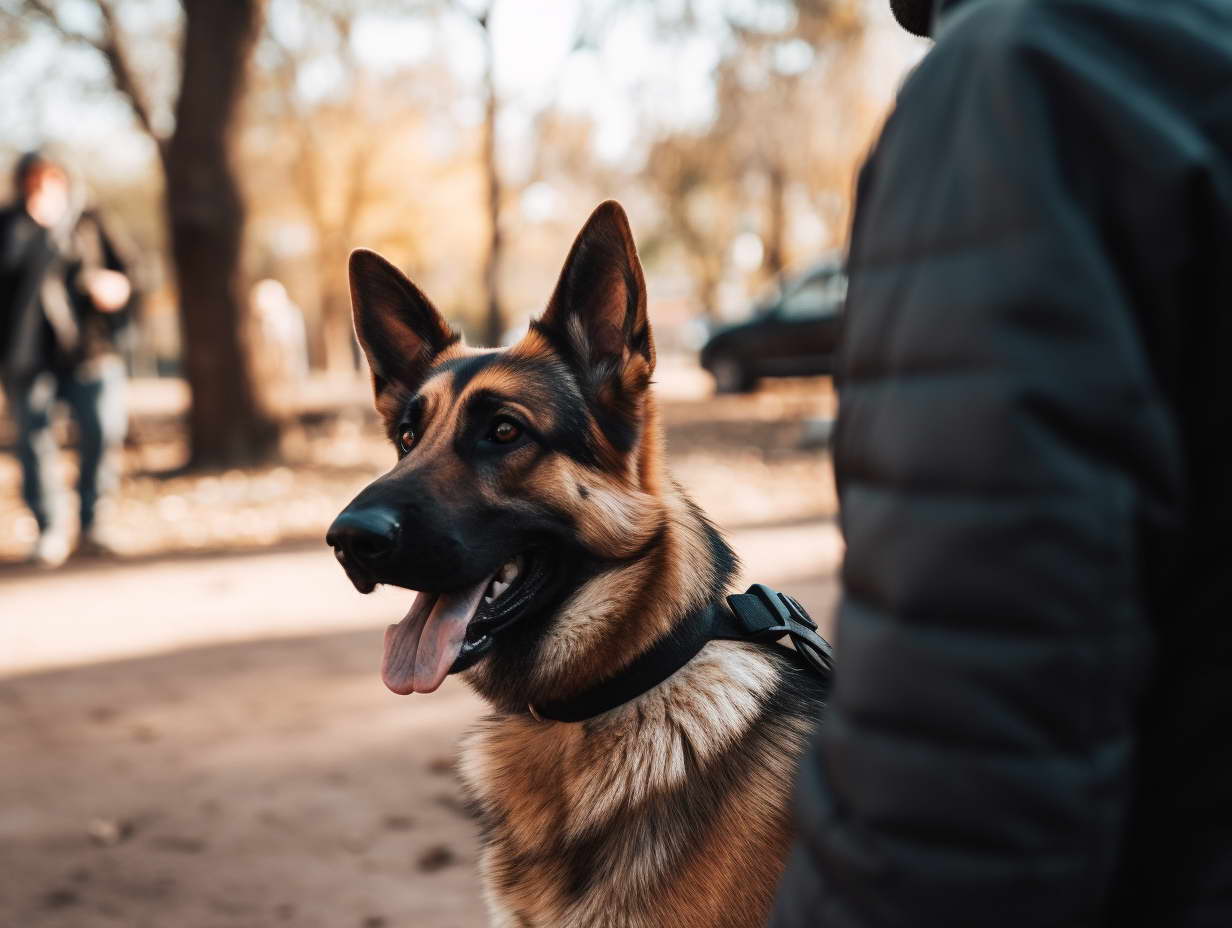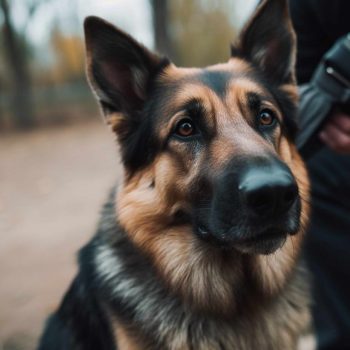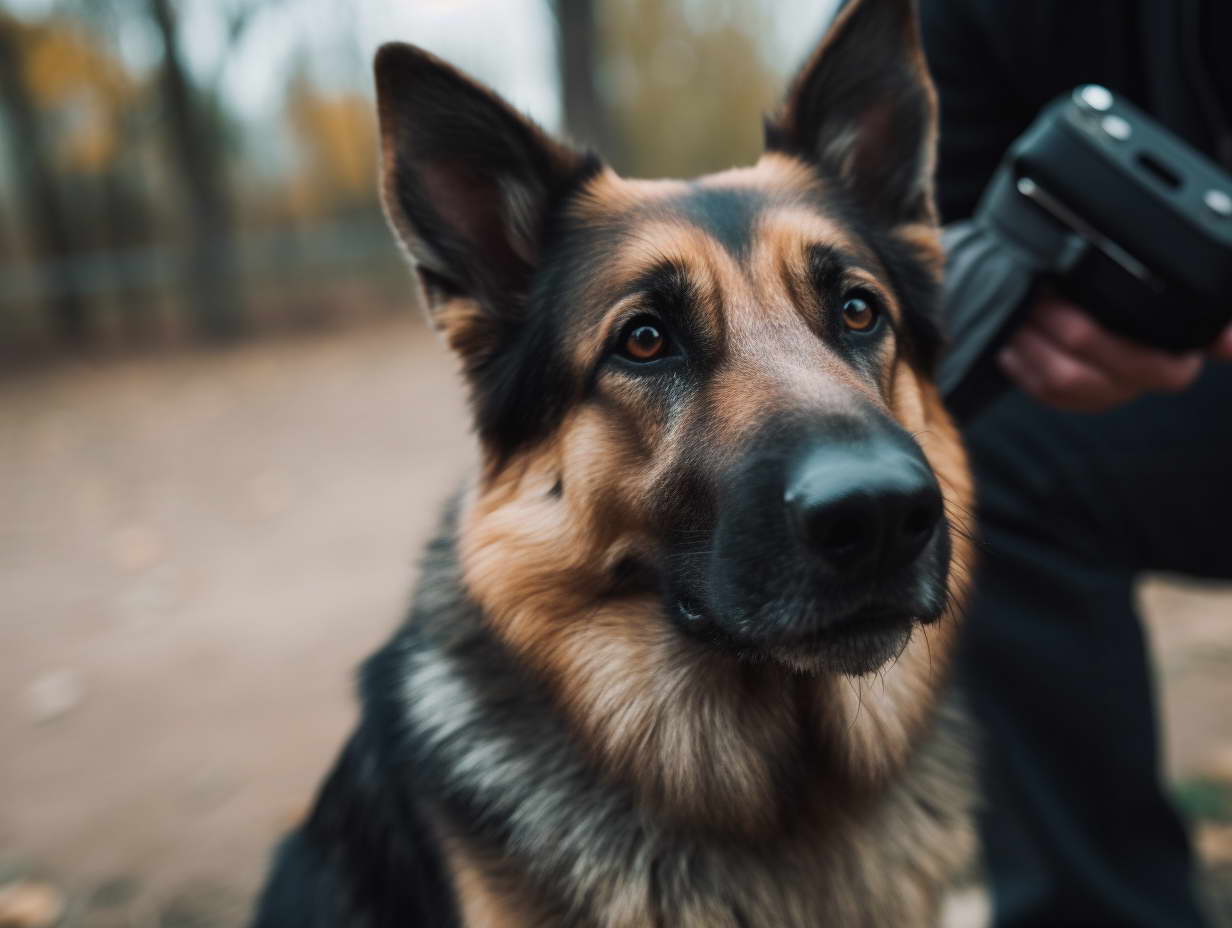Basic Guide Using A Clicker For Dog Training: Train Your Furry Friend with Ease
Are you a dog owner looking for an effective and humane way to train your furry friend? Look no further than using a clicker for dog training! Clicker training has gained popularity among dog owners and trainers due to its simplicity and effectiveness. In this comprehensive guide, we will walk you through the basics of using a clicker for dog training. From understanding the concept behind clicker training to mastering the techniques, we’ve got you covered. So, grab your clicker, and let’s dive in!
What is Clicker Training?
Clicker training is a positive reinforcement-based training method that uses a small handheld device called a clicker. The clicker emits a distinct clicking sound when pressed, which acts as a signal to mark the desired behavior. The idea behind clicker training is to associate the clicker sound with positive reinforcement, usually in the form of treats or praise. This helps the dog understand which behaviors are desirable and increases the likelihood of them being repeated.
Why Use a Clicker for Dog Training?
Using a clicker for dog training offers several advantages over traditional training methods. Let’s explore why clicker training is a popular choice among dog owners and trainers:
- Clear Communication: The clicker provides a clear and consistent signal to mark desired behaviors, making it easier for your dog to understand what you want from them.
- Precise Timing: With clicker training, you can mark the exact moment your dog performs the desired behavior, which helps them associate the behavior with the reward more effectively.
- Positive Reinforcement: Clicker training is a positive reinforcement-based method, focusing on rewarding desired behaviors rather than punishing unwanted ones. This creates a positive learning environment for your dog and strengthens the bond between you.
- Flexibility: Clicker training can teach a wide range of behaviors, from basic obedience commands like “sit” and “stay” to more advanced tricks and tasks.
Now that we understand the benefits of using a clicker for dog training, let’s delve into the step-by-step process of getting started.
Getting Started with Clicker Training
Step 1: Introducing the Clicker
The first step in clicker training is introducing your dog to the clicker. Follow these simple steps to ensure a smooth introduction:
- Find a quiet and distraction-free environment to begin the training session.
- Hold the clicker in one hand, ensuring your dog can see it.
- Press the clicker to produce the clicking sound and immediately offer a treat or praise.
- Repeat this process several times, clicking and rewarding your dog in quick succession.
By associating the clicker sound with a positive reward, your dog will begin to understand the connection between the two.
Step 2: Charging the Clicker
Once your dog is familiar with the clicker, it’s time to charge it. Charging the clicker involves reinforcing the association between the clicker sound and the reward. Here’s how to do it:
- Prepare a handful of small, tasty treats that your dog loves.
- Click the clicker and immediately offer a treat. Repeat this process multiple times, ensuring a consistent pattern of clicks followed by a reward.
- Observe your dog’s response. You should notice them eagerly anticipating the treat upon hearing the clicker.
- Continue charging the clicker until your dog shows a clear understanding that the clicker sound predicts a reward.
Step 3: Click and Treat
With the clicker charged, you can now start using it to shape your dog’s behavior. Follow these steps to clicker train your dog effectively:
- Decide on the behavior you want to train and break it down into small, achievable steps.
- Wait for your dog to perform the desired behavior naturally or lure them into the position using a treat.
- The moment your dog performs the desired behavior, click the clicker and immediately offer a treat.
- Repeat this process, clicking and treating each time your dog performs the desired behavior.
Remember to keep training sessions short and positive, gradually increasing the difficulty as your dog becomes more proficient.

Frequently Asked Questions (FAQs)
Can I use a verbal cue instead of a clicker?
While a clicker is a popular tool for clicker training, you can use a verbal cue, such as a specific word or sound, as an alternative. The key is to ensure the cue is distinct and consistent.
How long does it take to see results with clicker training?
The time it takes to see results may vary depending on your dog’s temperament and the complexity of your training behavior. However, with consistency and positive reinforcement, you can expect to see progress within a few training sessions.
Can clicker training be used for all dog breeds?
Yes, clicker training can be used for dogs of all breeds and ages. It is a versatile training method that can be tailored to suit individual dogs’ needs.
What if my dog doesn’t respond to the clicker?
If your dog doesn’t respond to the clicker initially, it could be due to various reasons, such as fear or distraction. In such cases, try using a softer clicker sound or consult a professional dog trainer for guidance.
Can I use clicker training for behavior modification?
Yes, clicker training can be an effective tool for behavior modification. It can help redirect and reinforce positive behaviors while discouraging unwanted ones.
Should I continue using treats forever?
While treats are an essential part of clicker training, the ultimate goal is to gradually reduce their frequency and replace them with other forms of rewards, such as praise or playtime.
Conclusion
Clicker training provides a humane and effective way to train your dog, fostering a strong bond and promoting positive behaviors. By using the clicker as a marker for desired behaviors and incorporating positive reinforcement, you can guide your furry friend toward becoming a well-behaved and happy companion. Remember to keep training sessions fun, consistent, and rewarding for both you and your dog. So, grab your clicker, follow the steps outlined in this guide, and embark on an exciting training journey with your canine companion!


Leave a Reply